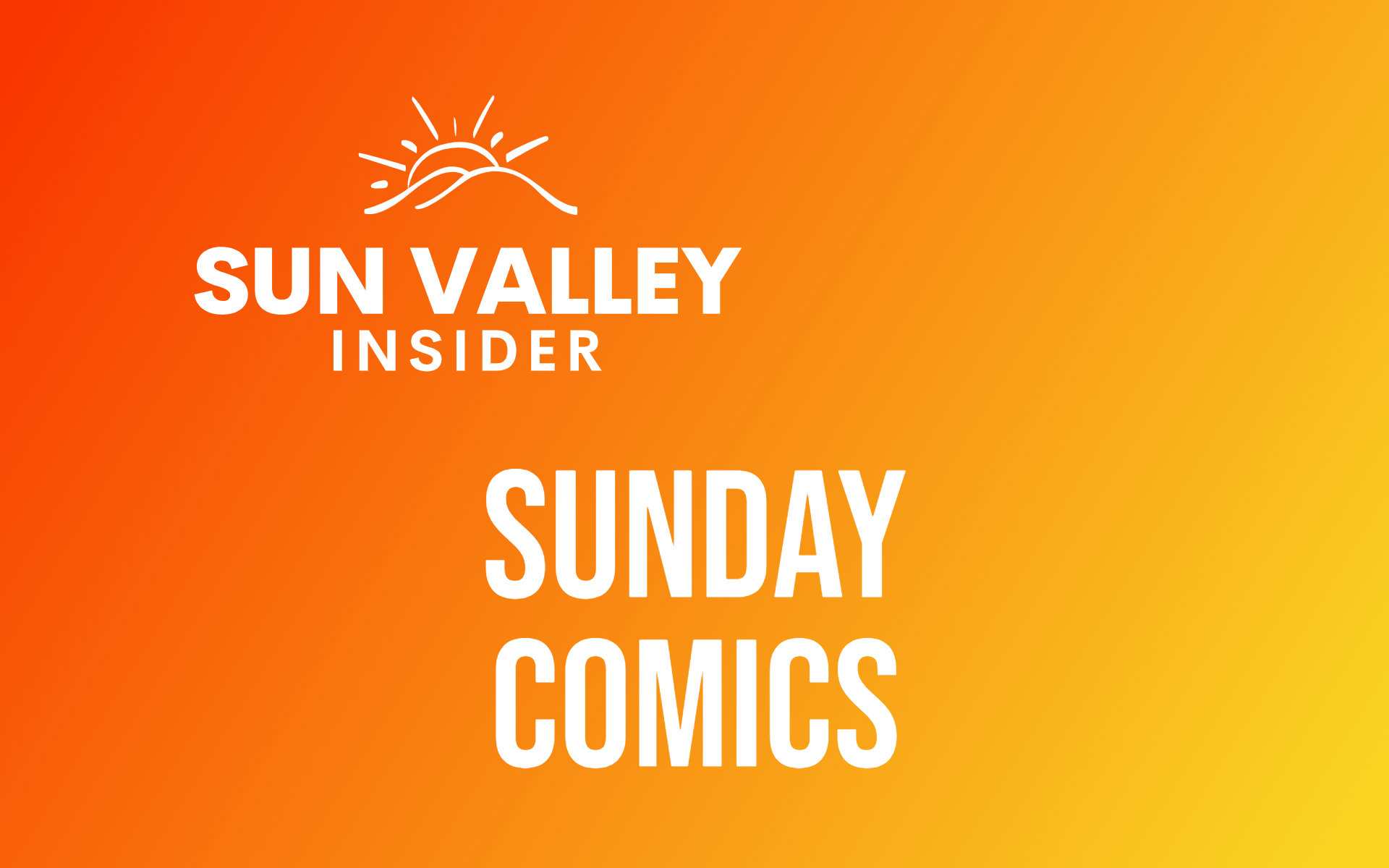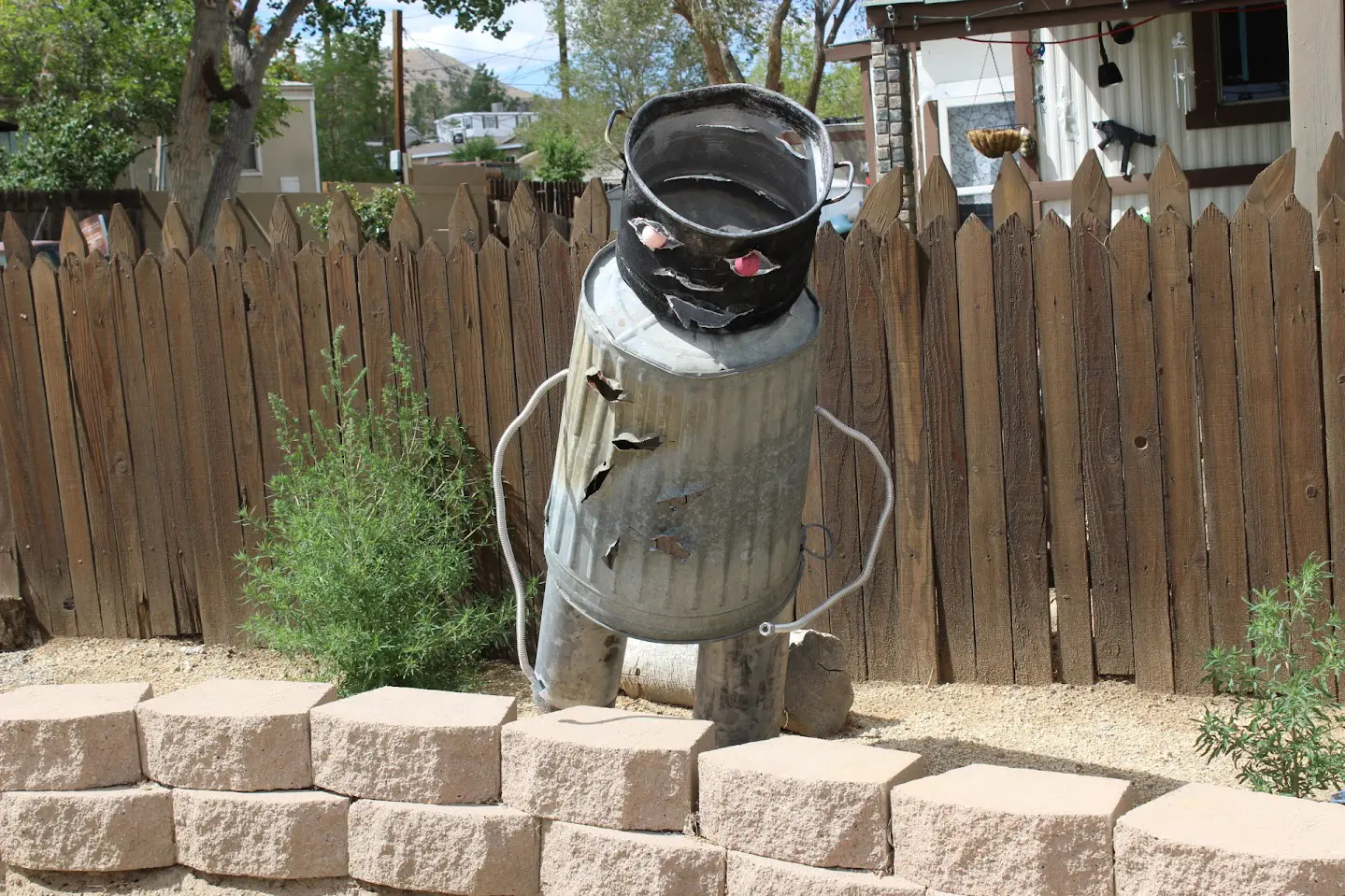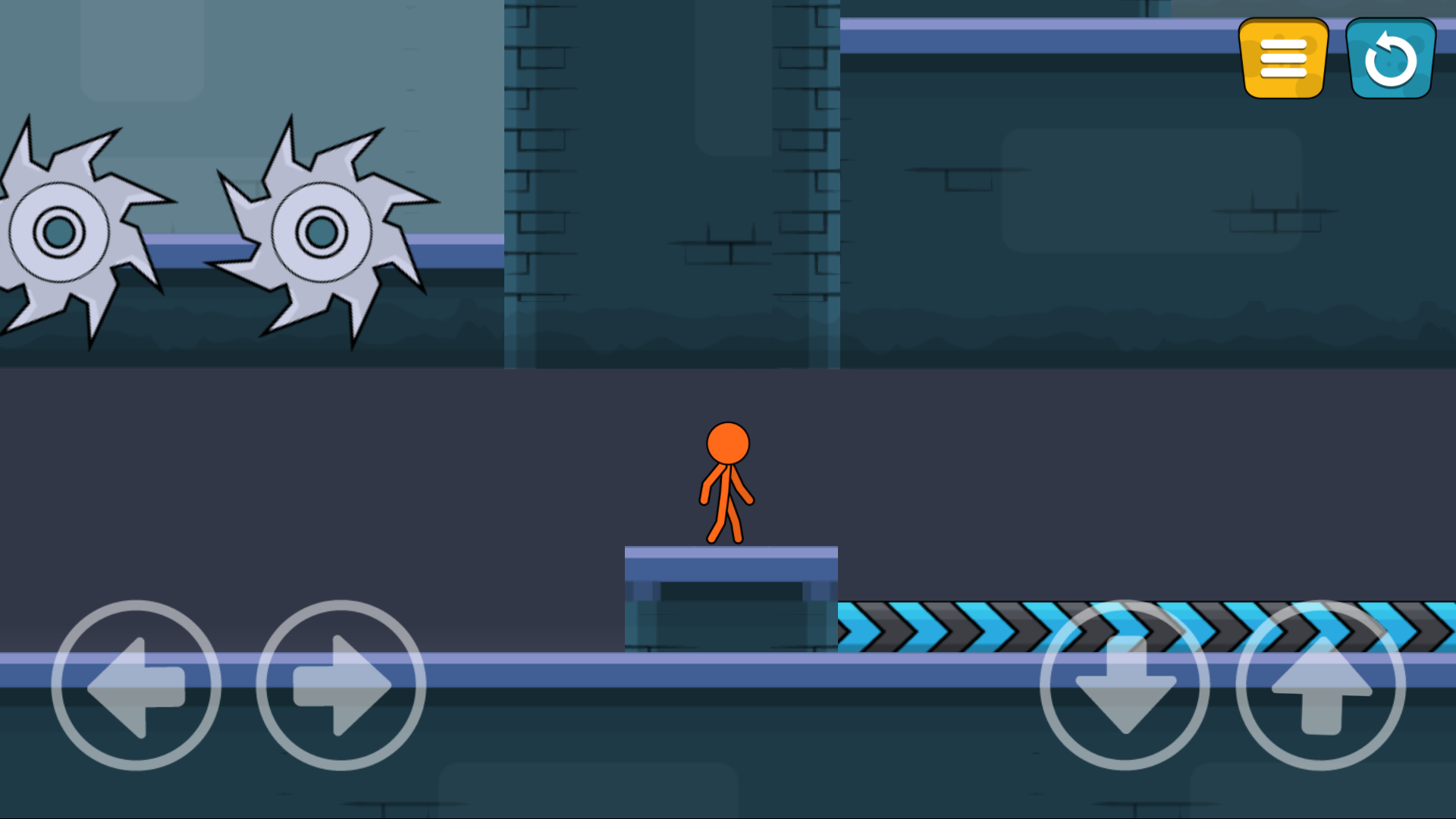Last updated on October 7th, 2025
With the recent shuttering of Scolari’s in Sun Valley, Nevada, one wonders if we are now living in a food desert. The term ‘food desert’ certainly evokes mental images of sun-bleached skulls lying in the hot sand—but is this an accurate description of our newest predicament?
Wikipedia defines a food desert as an area that has limited access to food that is plentiful, affordable, or nutritious—particularly fresh fruits and vegetables, and in low-income census tracts that are more than 1 mile (1.6 kilometers) from a supermarket in urban/suburban areas or more than 10 miles (16 kilometers) from a supermarket in rural areas. So, although local residents may know the benefits of fresh, healthy produce, it is harder to come by. Processed foods are typically more readily available.
17 Nearby Grocery Stores
The nearest supermarkets and full-size grocery stores around Sun Valley, NV:
- WinCo on Northtowne Ln (3 miles)
- Raley’s in Golden Valley (4 miles)
- Grocery Outlet on Oddie Blvd (4 miles)
- El Super on Silverada (4 miles)
- Raley’s on N McCarran Blvd (5 miles)
- Grocery Outlet in Lemmon Valley (5 miles)
- Smith’s in Lemmon Valley (5 miles)
- Walmart in Lemmon Valley (6 miles)
- Trader Joe’s on Los Altos Pkwy (6 miles)
- Sprouts on Disc Dr (6 miles)
- Smith’s on Baring Blvd (6 miles)
- Costco on Galleria Pkwy (6 miles)
- Walmart on Pyramid Wy (6 miles)
- Foodmaxx on Prater Wy (6 miles)
- Grocery Outlet on Disc Dr (7 miles)
- WinCo in Spanish Springs (7 miles)
- Save Mart in Spanish Springs (7 miles)
Based upon these distances, Sun Valley technically fits the definition of a food desert now. (Even if you live in the Elevate Apartments by the Rainbow Market, Winco at Northtowne is still 2 miles away—double the 1-mile distance criteria mentioned above for suburban areas.)
The problem isn’t that we don’t have enough grocery stores reasonably close, it’s that they’re not close enough… not in Sun Valley, within walking or biking distance. When you are without a vehicle, having a Scolari’s just a few blocks away is a lifesaver. A study of the RTC system route map confirms that there are limited or no bus options near the majority of these stores.
For example, when I planned the bus route from the Scolari’s parking lot (which is a central location in Sun Valley) to the Raley’s in Golden Valley (which is only 4 miles away), it takes between 1.25 and 1.5 hours just to get to the store (one way, requires a bus transfer and 0.8 miles of walking from the nearest bus stop to the store). Double that time to get back home with your groceries, and this doesn’t account for time in the store actually shopping, time spent walking to/from the bus stop and your home, and waiting at the bus stop for the bus to arrive (they arrive every 60 minutes, for example).
Thus, a trip that would take someone in a car about 30-45 minutes to do (it’s only an 11-minute drive to Raley’s), takes someone using public transportation over 3 hours to accomplish. Want to shop at Costco instead? The bus doesn’t go there. Want to shop in Spanish Springs? The bus doesn’t go there. How about Trader Joe’s or Sprouts? The bus doesn’t go there.
That’s a huge problem.
Health Risks Associated with Living in a Food Desert
The absence of supermarkets or full-service grocery stores means that residents often rely on convenience stores, fast-food restaurants, or other small retailers that typically offer processed, calorie-dense, and nutrient-poor foods. Therefore, the health risks include:
- Increased rates of chronic diseases: A diet high in sugar, carbs, unhealthy fats, preservatives, and sodium while low in fresh produce, whole grains, and lean proteins is a major contributor to chronic health conditions. People in food deserts are at a higher risk of developing:
- Obesity and other weight-related issues
- Nutritional deficiencies
- Type 2 diabetes
- Cardiovascular disease (including heart disease, high blood pressure, and stroke)
- Certain types of cancer
- Birth defects and miscarriages
- Premature death
- Nutritional deficiencies: The lack of access to fresh fruits, vegetables, and other nutrient-rich foods can lead to deficiencies in essential vitamins and minerals, which can cause a range of health issues, such as fatigue, impaired immune function, and developmental problems in children.
- Poor diet quality: The limited and often more expensive healthy options make it difficult for residents to maintain a balanced and nutritious diet. This can lead to unhealthy eating habits that persist over time and across generations.
- Mental health issues: Food insecurity, which is a common problem in food deserts, has been linked to mental health problems like depression. The stress of not having consistent access to enough food or healthy food can take a significant toll.
Social & Economic Risks Associated with Living in a Food Desert
- Food insecurity: Food deserts are often located in low-income neighborhoods, and the limited availability of affordable, healthy food can lead to food insecurity. This means residents may not have enough money to acquire a sufficient quantity of food for an active, healthy life.
- Higher costs for food: The convenience stores and small markets in food deserts may have higher prices for the few healthy items they do stock, further straining the budgets of low-income families.
- Limited transportation: Many residents in food deserts lack a personal vehicle or access to reliable public transportation, making it difficult to travel long distances to a supermarket. This further entrenches the problem and limits their options.
It is important to note that the risks of living in a food desert are often intertwined with socioeconomic factors. The areas most affected are frequently low-income and predominantly inhabited by minority populations, highlighting issues of health inequality and systemic disparities.
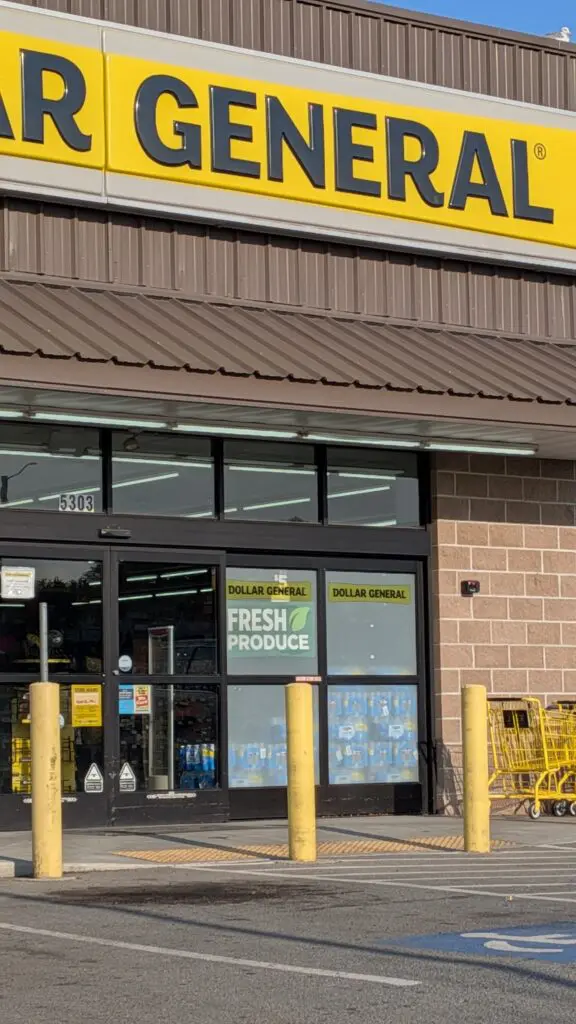
But What About Dollar General?
Yes, Dollar General and a handful of mini-marts (e.g., Bi-Rite, 7-Eleven, Sun Valley Liquor and Smoke, Super Carniceria, Super Buy Market, Golden Gate, QuikStop, Mendoza One Stop Market, B&T Market, Rainbow Market) serve Sun Valley—but offer limited selections of fresh fruit, vegetables, meats, cheeses, and seafood. Convenience stores and gas stations, however, don’t make up for the lack of a full-service supermarket, in terms of selection, volume, and pricing.
How Does Sun Valley Compare with Golden Valley, Lemmon Valley, and Spanish Springs?
- Golden Valley has a population of approximately 1,600 residents, and they have a Raley’s.
- Lemmon Valley has a population of around 5,000 residents, and they have a Walmart, a Smith’s, and a Grocery Outlet.
- Spanish Springs has a population of over 17,300 residents, and they have a WinCo and a Save Mart.
- Sun Valley has the largest population of these neighboring areas, with over 22,000 residents, and we no longer have a grocery store. That’s food inequality, and it’s a real issue.
What can be done about this?
Washoe County Commissioner Mariluz Garcia is actively shining light on this issue, and is trying to identify another grocery chain that could satisfy local demand. Many Sun Valley residents have been advocating for a Grocery Outlet, which would be simply amazing and a great fit for our community.
In the mean time, could a local farmer’s market help temporarily alleviate the lack of fresh produce availability? Perhaps. I’ve also heard that some people who have never before used grocery delivery options (Instacart, Walmart delivery, Safeway delivery, etc.) are looking into them now.
Please attend the Sun Valley CAB meetings and make your voice heard on this important issue.
Related Articles:
‘Time has come to move on’: Scolari’s closing last two locations in Reno-Sparks (RGJ)
Cierra el único supermercado en Sun Valley, causando consternación e incertidumbre entre la comunidad (Noticias Reno)
Sun Valley Residents Plead for Help After Losing Grocery Store and Bank (Our Town Reno)
Sun Valley residents lament loss of food access and communal space (KUNR Public Radio)
Sun Valley could become Washoe County’s next food desert (KUNR Public Radio)
Sun Valley’s “Food Desert” or Political Talking Point? (Picon Press Media)
Food Deserts: What To Know (WebMD)
Communities With Limited Food Access in the United States (The Annie E. Casey Foundation)
What Are Food Deserts? All You Need to Know (Healthline)
Header photo courtesy of Mostafa Ft.shots.
